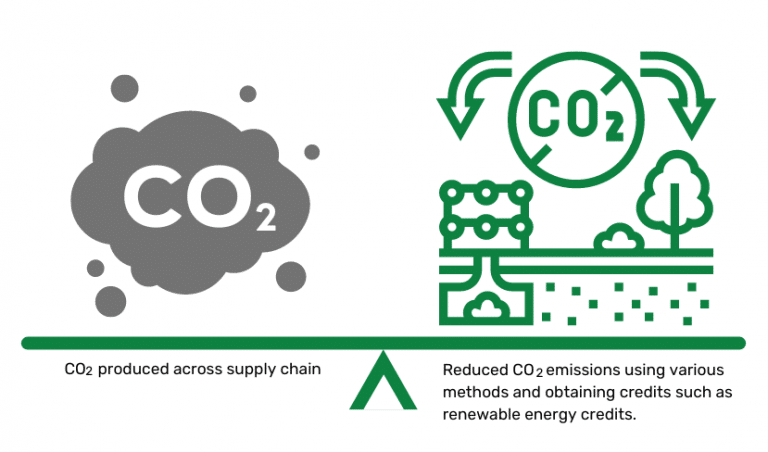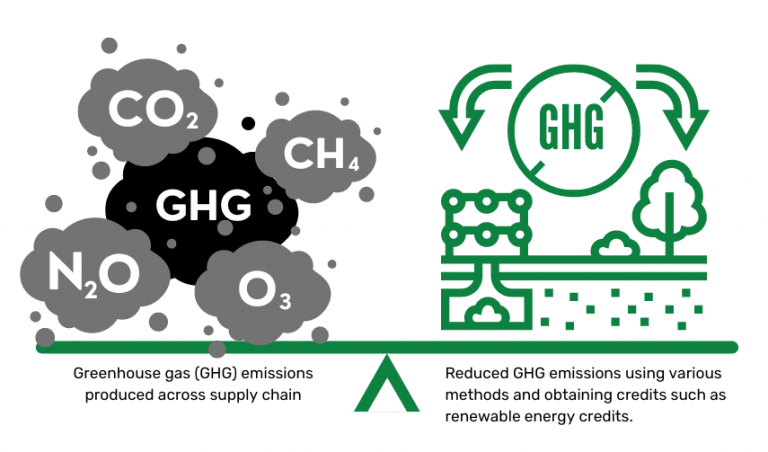
At Energility, we engage with energy use and sustainability concepts daily. It’s important to note that some of these terms and phrases evolve as our understanding of our planet’s shifting dynamics deepens. As a teenager, I first became aware of environmental issues through the hole in the ozone and my trusty Aqua Net hairspray was contributing to the problem. The concept of global warming followed, although my grasp of its implications was limited to the planet heating up and the icebergs melting. Nowadays, we employ the term “climate change” to encompass the broader effects of a warming planet, which manifests in various climate and weather-related events beyond just scorching summers. Climate change allows us to better comprehend the diverse conditions that “global warming” has ushered in. Examples include droughts that fuel wildfires, extreme winter weather patterns (though usually short) that bring dangerous bitterly cold temperatures and snow/ice storms, and yes, hotter summers.
To begin, let’s explore a few concepts that are currently at the forefront of discussions relating to climate change.
Sustainability:
Defined as “the quality of causing little or no damage to the environment and therefore able to continue for a long time” (https://dictionary.cambridge.org/us/dictionary/english/sustainability). While the terms “sustainable” and “sustainability” can be applied to various areas, they are often used in discussions about environmental preservation. As a company, we are committed to practicing environmental sustainability and working with our clients to achieve both their environmental and financial goals.
This one took a little research because like most people, I throw them in the same bucket as far as understanding. And they are to a certain degree, but they are not identical. The key distinction between the two concepts lies in the selection of which greenhouse gas or greenhouse gases are accounted for in the calculation of emissions versus the reduction of those emissions through different approaches and acquisition of specific credits like renewable energy credits. The ultimate objective of both approaches is to achieve a balance of zero. (Carbon neutral vs net zero – understanding the difference).

While carbon dioxide is commonly associated with greenhouse gases, other gases contribute to 24% of global emissions (What does carbon neutral mean and what is net zero?). By striving for Net Zero, we take a step further in reducing emissions and taking positive actions for the Earth and its inhabitants.

Sustainable practices in the built environment encompass various aspects, with energy use being a crucial component. Plans aimed at achieving carbon neutrality and net-zero targets prioritize both energy efficiency and the adoption of renewable energy sources. Numerous organizations, countries, and cities are currently formulating plans to accomplish these objectives within the next couple of decades.
Energy management plays a crucial role in achieving various sustainability goals. However, delving into the realm of energy efficiency, energy management, and renewable energy can often feel like immersing oneself in a foreign language. The multitude of acronyms and abbreviations can be overwhelming, particularly for those who are new to these concepts and terminologies. Yet, grasping this shorthand is vital for effective communication and informed decision-making.
kWh: Unit of Electric
How many kW have you used hour over hour in the last month? Knowing your monthly kWh consumption helps you track usage trends, identify areas for improvement, and even pick out energy-efficient appliances.
Ccf: Unit of Gas
CCF stands for centum cubic feet or 100 cubic feet, a unit of measurement used by gas companies to quantify natural gas usage. If you’ve ever wondered what that metric on your gas bill means, well, now you know.
Btu: Common Conversion
British Thermal Unit (Btu) is a traditional measure of heat. It’s essential in understanding the heating and cooling power of equipment (no matter what fuel source), helping you calculate the capacity of your HVAC system and determine how much energy you need to keep your home comfy year-round.
EUI: Building Energy Efficiency in a Snapshot
The Energy Use Intensity (EUI) meter is like the MPG for buildings, giving a view of energy performance relative to size. With EUI, architects, owners, and energy managers can quickly compare various structures to hone in on the most efficient designs or pinpoint buildings needing an energy makeover.
Renewable Energy Credits: Bridging the Gap
Renewable Energy Credits (RECs) represent the generation of electricity from renewable sources and can be bought or sold, enabling businesses to support renewable energy even if they can’t produce it themselves. The market-driven approach not only funds renewable projects but also allows companies to showcase their commitment to sustainability, resonating with environmentally conscious customers.
LED: The Illuminating Gamechanger
Light Emitting Diodes (LED) lighting is the future of illuminating spaces with high efficiency and durability. In fact, switching to LED can slash your lighting energy use by up to 90%, a bright idea for homes and offices alike (Lighting Choices to Save You Money).
HVAC: The Climate Control Trio
Heating, Ventilation, and Air Conditioning (HVAC) systems are the unsung heroes of comfortable living. Monitoring and maintaining your HVAC system is key to energy savings, indoor air quality, and ensuring your comfort comes at the most efficient price.
Understanding these concepts and acronyms not only helps crack the code of energy terminology but also empowers you to communicate and make informed choices about your energy use.